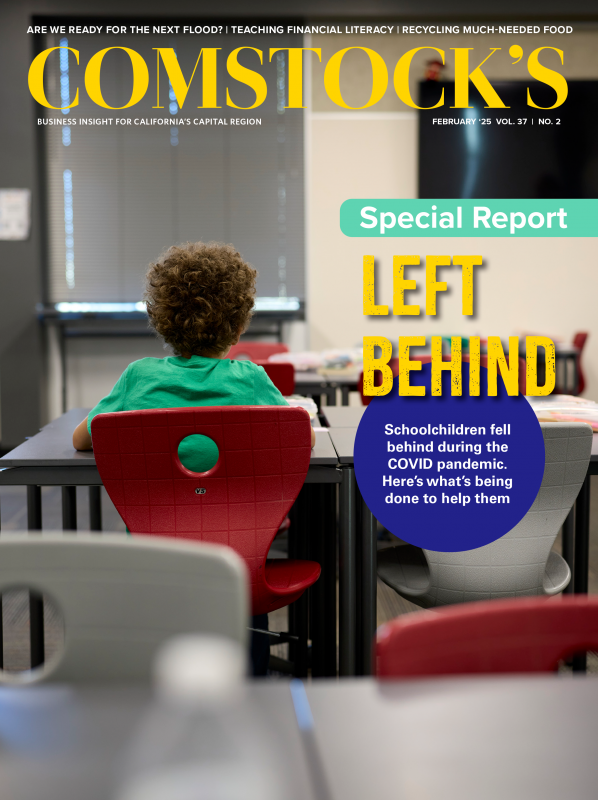While many of us believe that Sacramento’s light rail trains were innovative when they began tooting their way throughout the Capital Region in the 1980s, the current system is actually the reboot of a suburban trolley that slid, wended and awoke its way through the area many decades before.
You could summarize Sacramento’s history with local train travel by citing the century-old kid-lit classic, “The Little Engine That Could.” Its theme is the very essence of self-determination: If you believe you can do something, and you work hard, you’ll succeed. The title character keeps reminding itself as it tows a heavy load of cars up a hillside, “I think I can, I think I can.”
Unfortunately, Sacramento’s once-beloved trolley cars proved to be the engines that ultimately couldn’t. They were phased out to make more room for wider streets and bigger cars. But for roughly 57 years, starting in 1890, streetcars took Sacramentans to and from downtown and what were called the “streetcar suburbs,” with Oak Park being an initial destination and departure point. An “interurban line” ran between Stockton Boulevard and what was then called Sacramento Boulevard before its rechristening as Broadway.
And those were just the electric streetcars. At first, Sacramento trolleys were essentially horse-drawn carriages with aspirational branding. In 1858, they were called “omnibuses” and took riders to and from the once moribund, now hot R Street corridor to what was not yet Old Sacramento — specifically, the Sacramento riverfront.
It took another 12 years for the first streetcars, still horse-drawn, to be pulled along on dirt streets through downtown Sacramento on rail lines. But by 1890, overhead power lines had been built: Enter the first electric trolleys and, by 1906, Pacific Gas & Electric’s dominance as the town’s principal streetcar company.
Traveling by streetcar was a pretty good deal back then, even in early 1900s dollars. It cost you five cents — which would still be only $1.88 in today’s currency — to ride the car, presumably for as long as you wanted. Yet, according to author and Sacramento historian William Burg — who’s written seven books about the Capital City’s rosy past, including “Sacramento’s Streetcars” — “By the time of the Great Depression, you could buy a loaf of bread for your family for a nickel or ride the streetcar.” He pauses for emphasis. “Which do you think most people chose to do?”
Incidentally, those fares increased (by two cents!) as new metal streetcars were introduced to the area in 1929 — the very year the stock market imploded.
Sacramento historian William Burg wrote a book about the history
of streetcars called “Sacramento Streetcars.” (Photo by Erin
Mullin)

Asked if she’s old enough to recall the Sacramento streetcar
heyday, retired attorney and native Sacramentan Rosemary Kelly,
who’s 87, says she remembered it existing “for a short period of
time. The streetcar ran along 24th Street, and my dad took it
downtown to work. It was slow and it swayed, but it was fun to
take. It doesn’t seem as if it was long before buses replaced it.
Maybe it was when the war ended.”
That incursion had actually begun in the 1930s, when rubber-tired
buses began to be a preferred mode of travel for some and
ownership of private cars seemed to multiply almost
exponentially. By 1947, the last streetcar was retired.
Author and historian Burg says that before the phasing out of the local trolleys, local trains took people to their jobs and future. “The trolleys kind of sold the 20th-century lifestyle before the century even arrived,” he says. “It would transport you to a place where you could buy the land on which you’d build your house and take you to and from the job you had downtown,” he says. “You wouldn’t think of building a home in the suburbs unless you knew you could get there. And when the trolley started, there weren’t any automobiles.”
Not surprisingly, the land and trolley were often owned by the same company, which also owned the area’s electricity grid (these were the early days of PG&E). Burg, who’s 55, has been a historian for 17 years. In addition to his state government post in the Office of Historic Preservation, he’s president of the nonprofit Preservation Sacramento, which used to be known as the Sacramento Old City Association.
Sacramento wasn’t the only U.S. city that endured the double-metamorphosis, (trolleys to cars to trolleys). If you ever have the chance to see the 1988 film “Who Framed Roger Rabbit?” you’ll discover that underlying the visual delights of this cartoon and live-action comedy is the story of how a trolley-car system similar to the capital’s — the Pacific Electric Red Car and Los Angeles Railway Yellow Car line — was scrapped in deference to automobile manufacturers and freeway builders anxious to create the megalithic chaos of air and noise pollution, traffic congestion and gridlock that became modern Los Angeles — and most of the surrounding signage-challenged, freeway-dominated cities and counties of Southern California.
Now, like Sacramento, L.A. again has local trains. Since starting service nearly 35 years ago, Metro Rail enjoys a ridership of approximately 208,300 per weekday; Sacramento Light Rail, which started service in 1987, has about 22,000 riders. Both of those numbers are likely to grow in the next few years as people return to brick-and-wall workplaces that aren’t their own homes, and parking rates and gas prices continue to climb. Track to the future, anyone?
Do you know of any unique history, events, people or places for us to share in The Back Story? Email us at editorial@comstocksmag.com.
Recommended For You
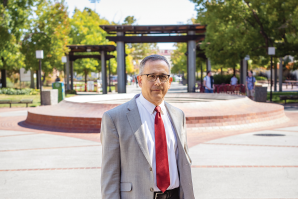
Sacramento City College Was Once the Only College Between Stockton and Chico
Step inside the 108-year-old Land Park legend
“I’ve been here more than half my life,” says Sac City President Albert Garcia. “I love the history of this college. It gives everything we do here a richer context. Don’t forget, for many years, as far as colleges in the area, we were it. Just as we began by being part of a high school campus.”
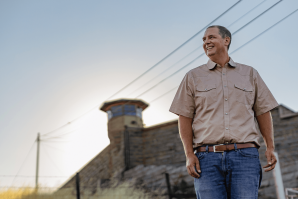
The Violent, Bloody Folsom Prison Escape of 1903
New book details a dark time in the prison’s history
The prisoners made makeshift knives, or shivs, and used stolen razors during their siege. One prison guard died, and two were injured.
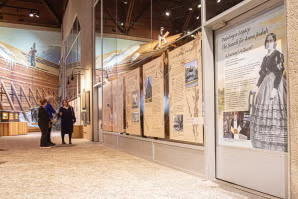
Anna Judah: Far More Than Theodore Judah’s Victorian Housewife
Through her artistry, she brought the transcontinental railroad to life — before it was built
You wouldn’t know that a tragic love story led to the railroad that connected the East and West coasts for the first time.
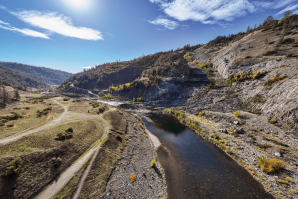
Whatever Became of the Auburn Dam?
One of the largest flood control projects in the country was never built
The Auburn Dam could well be the most talked about water storage and flood control facility in the country that simply doesn’t exist — no matter how much it’s been argued about, advocated for and against, legislatively proposed and architecturally rendered.
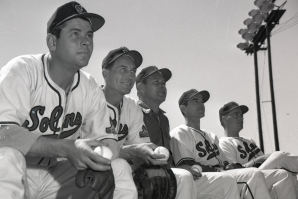
The Back Story: That Other Time We Had a Local Baseball Team
The Sacramento Solons still evoke fond (and funny) memories
As a team, the Solons had more stops and starts in the area than light rail at rush hour. There were iterations of the club in 1903 and 1905, from 1909 to 1914, from 1918 to 1960, and finally, from 1974 to 1976.
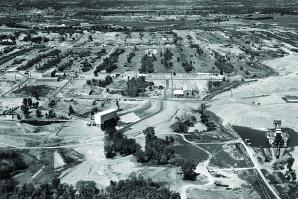
The Back Story: The Rocket Company that Roared
Aerojet was once a major player in the region — until it wasn’t
If you’re ever on Jeopardy and you’re asked to name an American company that not only helped the country and its allies win a war (the Big One) and, a bit more than two decades later, helped send it to the moon — before getting mired in a sludge of litigation — remember one of this region’s more complicated and often controversial sagas: Aerojet.




